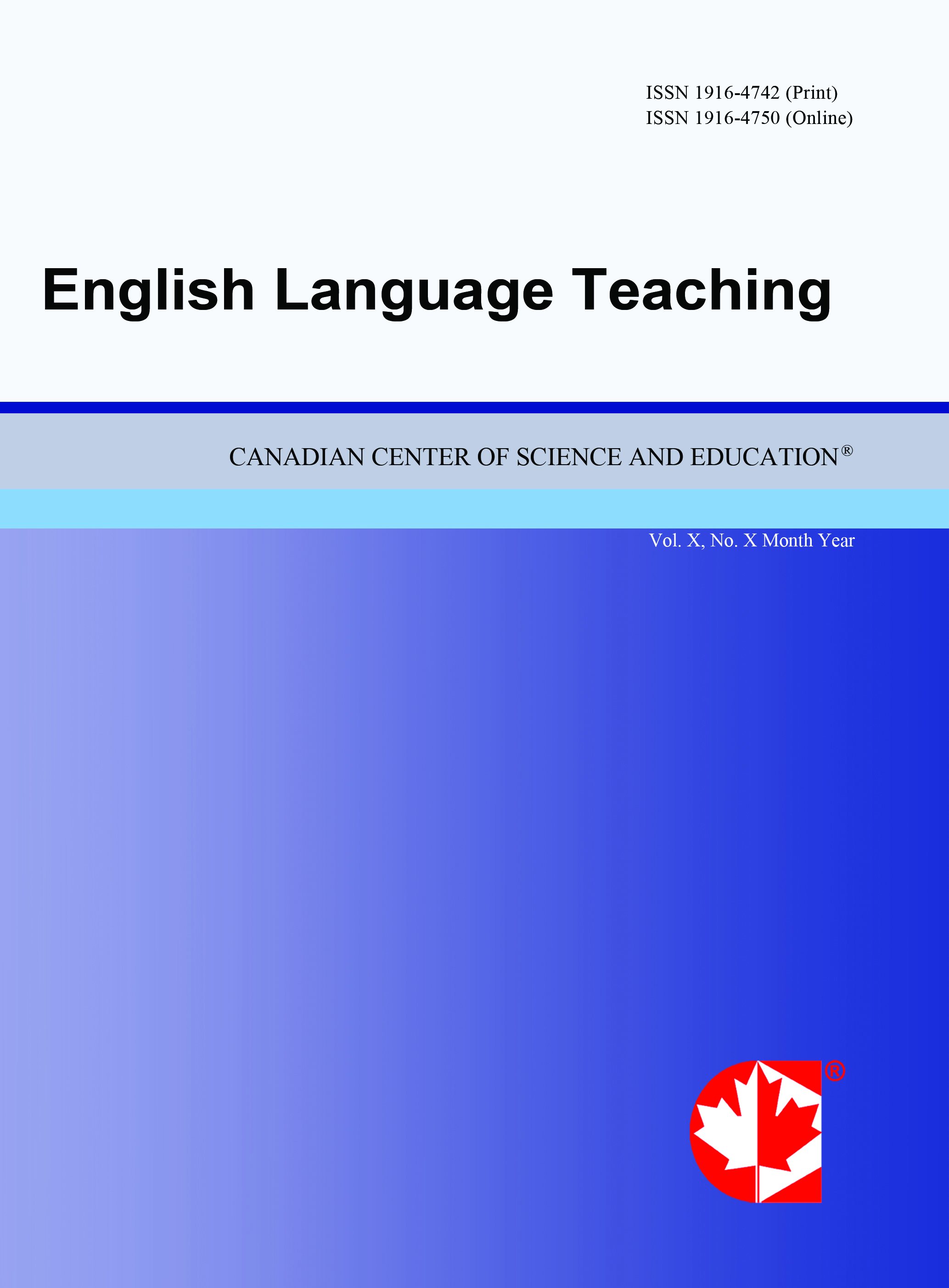Linguistic Turn and Gendering Language in the Cambridge Advanced Learner’s Dictionary
- Diah Arimbi
- Deny Kwary
Abstract
Language constructs how humans perceive things. Since language is a human construction, it tends to be biased as it is mainly men’s construction. Using gender perspectives, this paper attempts to discuss the imbalance in gender representations found in the examples given in an English learner’s dictionary, that is, the Cambridge Advanced Learner’s Dictionary, 3rd Edition. A learner’s dictionary is chosen because it is where one can find and learn the meaning of words. The results show that linguistically speaking, English is still a highly patriarchal and gendering language where men are portrayed better than women. Women tend to be subjugated under men’s domination. Sexism and patriarchy still overshadow the meanings of words characterizing men and women. This means that men are still considered to be dominating women, despite the fact that the feminist movement has been going more than thirty years. Consequently, English language teachers should balance the gender bias by providing addtional materials that are gender neutral.
- Full Text:
 PDF
PDF
- DOI:10.5539/elt.v9n10p166
Journal Metrics
1. Citations (February 2025): 97751
2. h-index (February 2025): 132
3. i10-index (February 2025): 1695
For details about the Journal Metrics, please visit the Google Scholar website.
Index
- Academic Journals Database
- CNKI Scholar
- Educational Research Abstracts
- Elektronische Zeitschriftenbibliothek (EZB)
- EuroPub Database
- Excellence in Research for Australia (ERA)
- GETIT@YALE (Yale University Library)
- Harvard Library E-Journals
- IBZ Online
- INDEX ISLAMICUS
- JournalSeek
- JournalTOCs
- LearnTechLib
- Linguistics Abstracts Online
- LOCKSS
- MIAR
- MLA International Bibliography
- NewJour
- Open J-Gate
- PKP Open Archives Harvester
- Publons
- ResearchGate
- ROAD
- SHERPA/RoMEO
- Standard Periodical Directory
- Technische Informationsbibliothek (TIB)
- The Keepers Registry
- Ulrich's
- Universe Digital Library
Contact
- Gavin YuEditorial Assistant
- elt@ccsenet.org
